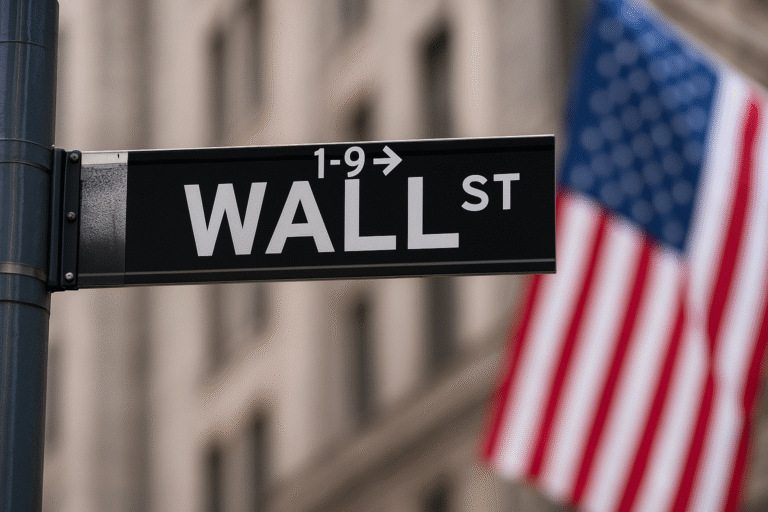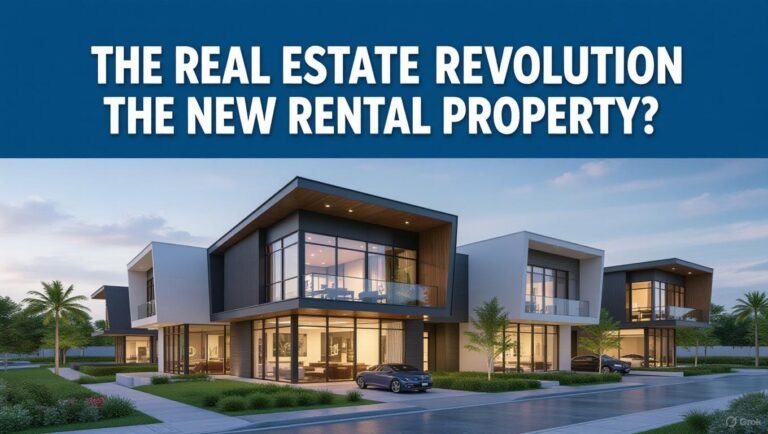
Robinhood Markets, Inc. (NASDAQ: HOOD) is once again capturing headlines with its bold push into the future of trading. The fintech company has taken another major leap forward by launching tokenized stock trading in the European Union, enabling users to buy and sell over 200 popular U.S. equities—including Apple (AAPL), Microsoft (MSFT), and Nvidia (NVDA)—through blockchain-powered tokens.
This announcement, made at Robinhood’s keynote event in France, marks a significant evolution in the company’s international strategy and aligns with its long-term vision of democratizing access to financial markets.
Tokenization: The Future of Equities?

Robinhood’s new tokenized equities offering, issued in partnership with blockchain firm Arbitrum, allows EU investors to trade stocks around the clock, five days a week. These commission-free tokens blend the benefits of traditional equity investing with the speed and flexibility of crypto, a move that could radically reshape global access to U.S. markets.
CEO Vlad Tenev underscored the revolutionary nature of this innovation, stating, “Tokenization is going to open the door to a massive trading revolution.” The company has ambitious plans to increase availability to thousands of stock tokens by year-end and eventually move trading to a 24/7 model on its own custom-built blockchain.
In a surprising twist, Robinhood also revealed plans to issue tokens linked to privately held companies like OpenAI and SpaceX—pushing boundaries even further into uncharted territory in the investing world.
Shares of Robinhood surged nearly 10% following the announcement, reflecting investor confidence in the platform’s innovation roadmap.
Performance Highlights from 2024
The tokenization news comes on the heels of a stellar year for Robinhood. The company reported $2.95 billion in annual revenue—a 58% year-over-year increase—with net income of $1.41 billion, reversing prior losses.
Other performance highlights include:
- Assets Under Custody (AUC): $192.9 billion
- Funded Accounts: 25.2 million
- Average Revenue Per User (ARPU): $122 (up 53%)
- Robinhood Gold Subscribers: 2.64 million, an 86% increase
This momentum demonstrates Robinhood’s ability to effectively monetize and retain its growing user base through premium services and product innovation.
Strategic Expansion Through Acquisitions
Beyond core trading, Robinhood is expanding its reach through two key acquisitions:
- Bitstamp – A major European crypto exchange, aiding international crypto expansion
- TradePMR – A custody platform for Registered Investment Advisors, marking entry into the $7 trillion RIA market
According to Robinhood’s leadership, the TradePMR acquisition aligns with plans to develop multigenerational wealth advisory services—a new frontier for the traditionally retail-focused platform.
New Crypto Capabilities and Financial Tools
The company is also bolstering its crypto offerings with newly launched crypto perpetual futures for EU users and staking services for its U.S. customers.
Perpetual futures allow investors to make leveraged bets on digital assets without expiry dates, enhancing active trading capabilities. Staking, meanwhile, lets users lock up cryptocurrency to validate blockchain transactions and earn rewards—a feature Robinhood had been cautious about until recent regulatory clarity emerged from the SEC.
These products complement Robinhood’s existing crypto features, including 24/5 trading, recurring crypto investments, and a self-custody Robinhood Wallet accessible in 150+ countries
Building a Truly Global Ecosystem
Robinhood has made it clear that its ambitions extend far beyond U.S. shores. With its UK brokerage offering, EU crypto services, and an Asia-Pacific headquarters in Singapore, the company is planting global roots.
In its 2024 annual report, Robinhood noted:
“We believe there is a significant opportunity for Robinhood to grow internationally… and are building a financial ecosystem that meets customer needs across borders.”
With plans to launch options trading in the UK and expand tokenized asset offerings, the company is well-positioned to capture a global audience increasingly interested in tech-driven finance.
Challenges on the Horizon
Despite the optimism, Robinhood’s rapid evolution isn’t without risk. Regulatory uncertainty—especially in areas like tokenized equities and crypto futures—could hinder progress, particularly in U.S. markets where the rules around these innovations remain ambiguous.
The integration of recent acquisitions also poses operational challenges. Robinhood’s ability to align culture, technology, and strategy across newly acquired entities will be essential for long-term success
Competition from both legacy financial institutions and agile fintech players like Coinbase remains fierce. Still, Robinhood’s unique blend of low fees, user-first design, and boundary-pushing innovation continues to attract a loyal and growing customer base.
Analyst Confidence and Vision Ahead
With analysts from Goldman Sachs and JMP Securities rating the stock as a “Buy” and price targets ranging up to $89, sentiment around Robinhood remains bullish. Some forecasts project AUC growth to $500 billion by 2034, driven by a 10.7% compound annual growth rate.
Robinhood’s internal outlook remains equally ambitious.
“We aim to be the number one retail trading platform across all asset classes,” the company stated in its annual filing, while emphasizing the importance of AI, blockchain, and customer-centric design in achieving that goal
Summary
Robinhood is entering a new era—one where the lines between traditional finance and blockchain innovation blur. With tokenized stocks, advanced crypto tools, strategic acquisitions, and global market entry, the company is evolving from a commission-free disruptor to a comprehensive financial ecosystem.
The road may include regulatory hurdles and integration challenges, but Robinhood’s relentless drive to innovate makes it one of the most compelling fintech stories of this decade.




